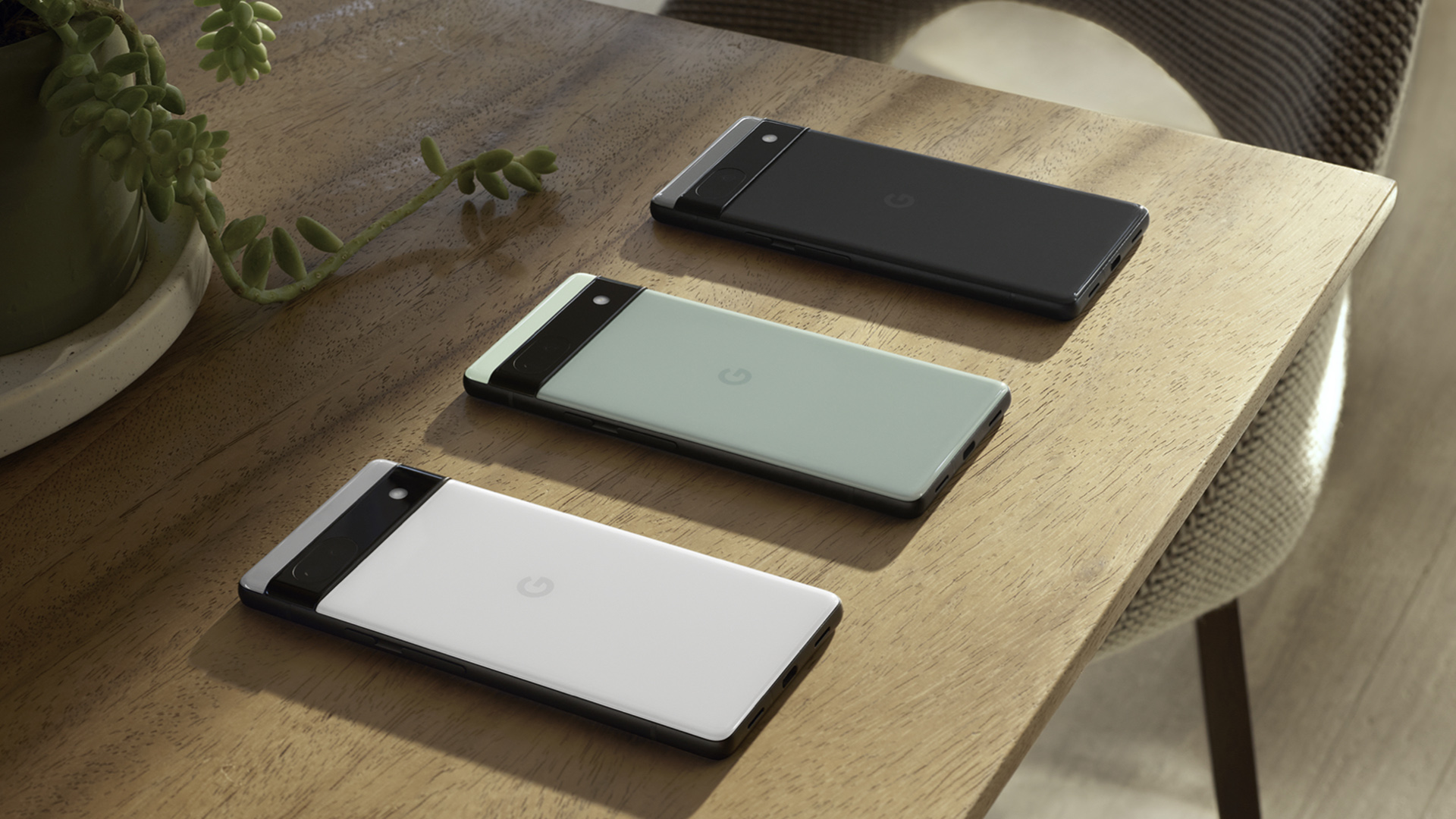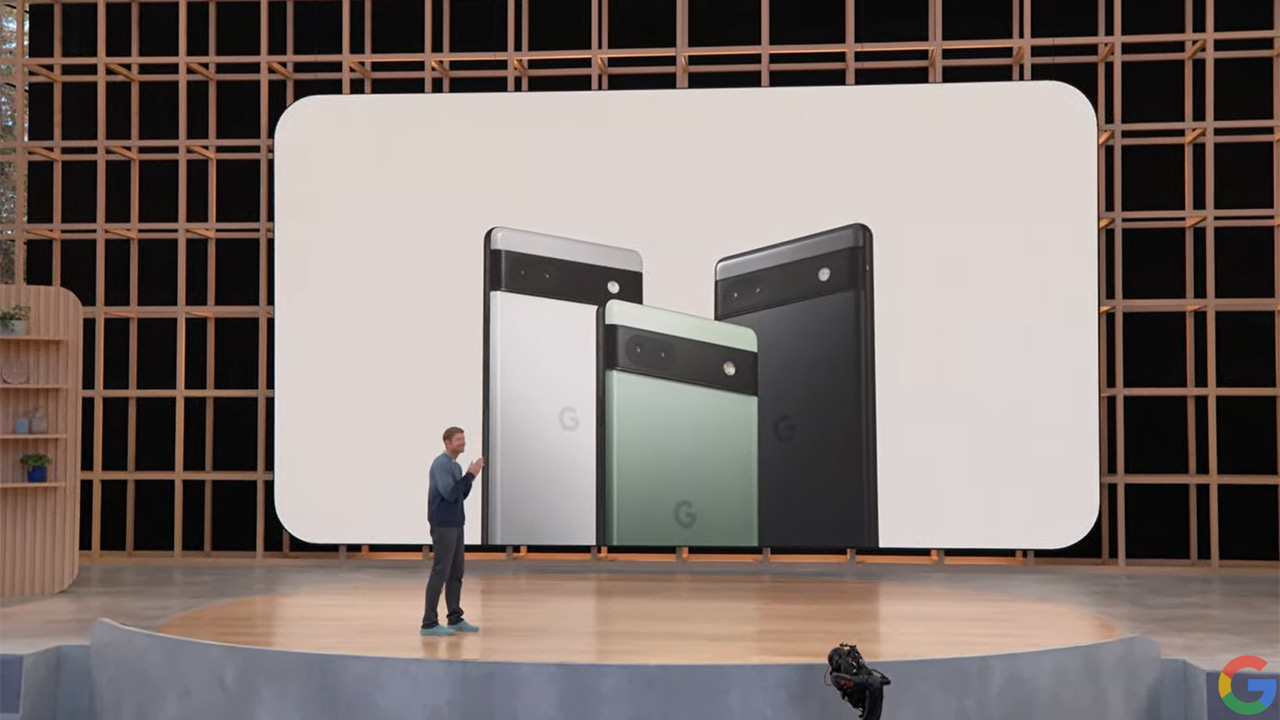Google Pixel 6a release date, price, specs, and features
The Google Pixel 6 has a new sibling

We've already heard a lot about the Google Pixel 6a, thanks to the keynote conference of Google IO 2022 playing host to its debut (as well as many other products) and its release date is drawing near.
You can buy the device on July 28, following pre-orders which open on July 21, which isn't too far away.
This is an affordable version of the Google Pixel 6, as Google's Pixel a-series consists of phones that borrow features from the flagships but cut corners - from what we know of the 6a, that's definitely the case here.
It has a surprising amount of its big siblings' features, though some downgrades in select areas do mean the Pixel 6 will remain a key member of the line.
Cut to the chase
- What is it? Google's new mid-range Pixel
- When is it out? July 28
- How much does it cost? $449 / £399 / AU$749
Google Pixel 6a price and availability
The Google Pixel 6a costs $449 / £399 / AU$749. Pre-orders in the US and Australia started on July 21, and the phone was on sale from July 28.
It comes in white, green and black - or to give the colors their official names, chalk, sage and charcoal.
Design and display
The Google Pixel 6a has a 6.1-inch OLED screen, with a punch-hole cut-out like the other Pixel 6 phones. It has 1080 x 2400 resolution with 429 pixels per inch and HDR support, but only a 60Hz refresh rate, which may disappoint some.
Get daily insight, inspiration and deals in your inbox
Sign up for breaking news, reviews, opinion, top tech deals, and more.
At least the display supports an Always-on Display, a feature not all mid-range handsets get.
The phone has a similar design to its siblings with the same camera bar, but with smaller lens cut-outs - this makes it look a little more discrete, in our eyes.
It has what Google describes as a '3D thermoformed composite back', which sounds like a fancy way of saying plastic. That should make it more resistant to drops, at least.
It comes in at 152.2 x 71.8 x 8.9mm and 178g, and the screen is protected by Gorilla Glass 3 - which makes it tougher than normal glass, but not as tough as some screens. The Pixel 6a also has a 'tactile alloy frame' and an IP67 rating, meaning it's dust and water resistant.
Oh, and if you want an early look at an unboxing ahead of the phone's official release, we've got you covered.

Cameras and battery life
The Google Pixel 6a cameras are a 12.2MP f/1.7 main, and 12MP f/2.2 ultra-wide, sitting in that chunky bar. The front-facer is only 8MP, so don't expect to take any super-high-res selfies here.
Some camera features are carried over from the Pixel 6 including Magic Eraser for removing annoying extras in photos, and Real Tone for more accurately balancing portrait mode for people with non-white skin. You can also record video in up to 4K quality at up to 60fps.
What's the battery capacity here? 4,410mAh, which according to Google will last for over a day of use. The charging speed is 30W.
Performance and specs
The Google Tensor chip is carried over from the older phones to the Pixel 6a - this should make the Pixel 6a just as powerful as those other devices, and explains why they get the same camera features.
Beyond that, you're getting 6GB of RAM and 128GB of storage, both of which are fairly standard for a mid-range phone like this.
The software is Android 12 - the handset is too early for Android 13, unfortunately, though it'll receive that update in due time - Google has already confirmed that the Pixel 6a will get five years of updates (though some of those will probably just be security patches).
It also has an under-display fingerprint scanner and stereo speakers.

Tom Bedford joined TechRadar in early 2019 as a staff writer, and left the team as deputy phones editor in late 2022 to work for entertainment site (and TR sister-site) What To Watch. He continues to contribute on a freelance basis for several sections including phones, audio and fitness.